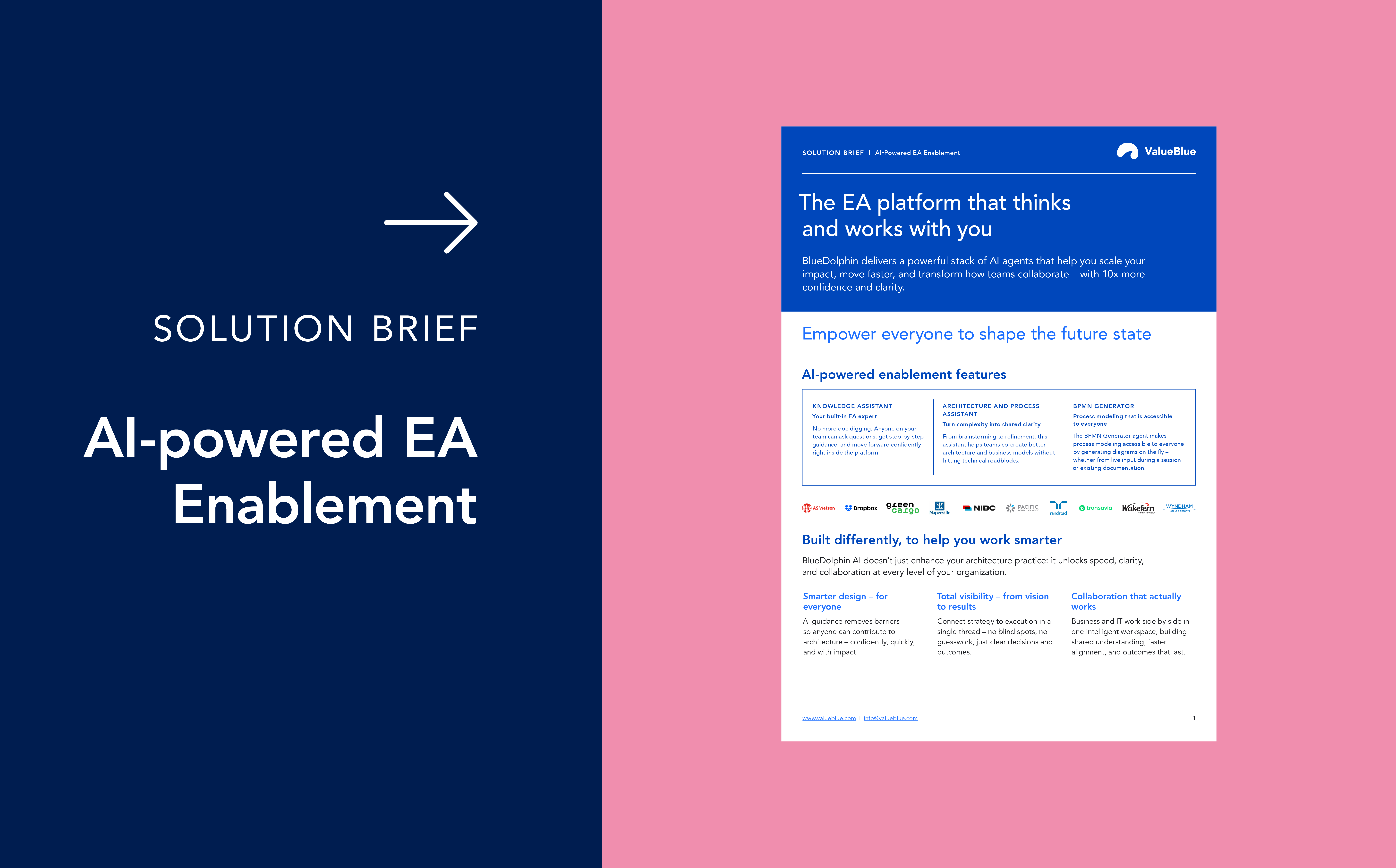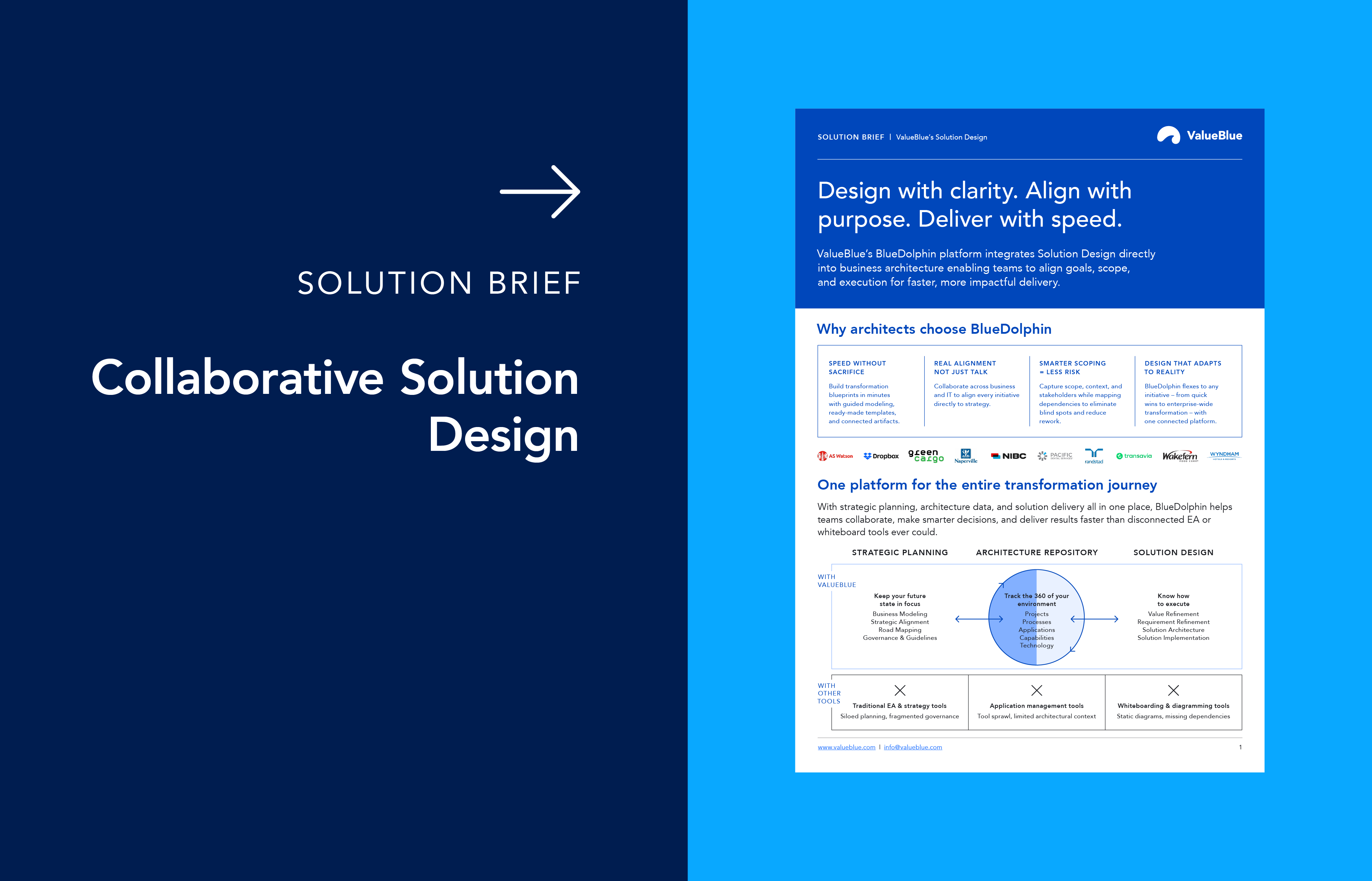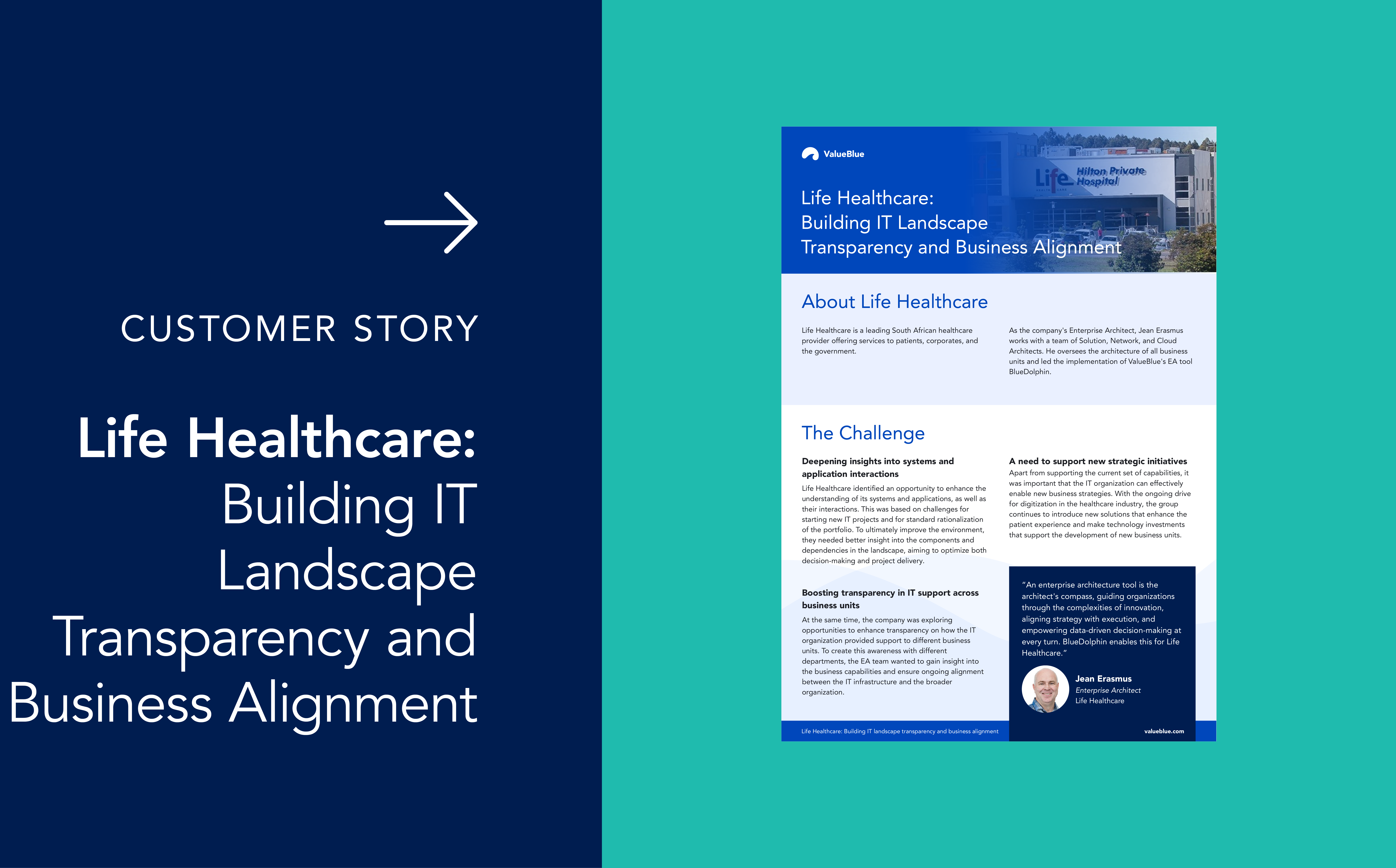Who Is a Solution Architect: How They Bridge Business and IT
Organizations must continuously adapt to the accelerating market demands, shifting customer expectations, and technological advancements. Legacy systems, siloed operations, and misaligned priorities often hinder meaningful progress. To overcome these challenges, many enterprises are turning to digital transformation: an initiative that reimagines processes, systems, and experiences through the strategic use of technology.
But successful transformation doesn’t happen by chance. It requires a clear vision, cross-functional alignment, and solutions that are both scalable and sustainable. This is where the solution architect plays a critical role. Acting as a bridge between business objectives and IT capabilities, solution architects ensure that technology initiatives are not only feasible, but also purpose-driven and aligned with broader organizational goals.
In this article, we define the core responsibilities of a solution architect, their role in digital transformation, and how Enterprise Architecture platforms empower them to drive business success.
Who is a solution architect?
A solution architect is a technology expert responsible for designing, describing, and managing the technical solutions that address specific business challenges. Their primary focus is to translate complex business requirements into practical, scalable, and cost-effective technical solutions that fit seamlessly within an organization’s existing Enterprise Architecture.
Key responsibilities of a solution architect:
- Designing detailed technical solutions that meet business objectives.
- Ensuring alignment with organizational strategy and technology standards.
- Collaborating with stakeholders across business and IT.
- Managing constraints such as budget, time, and resources.
- Overseeing solution implementation and communicating progress to all parties.
How solution architects bridge business and IT
This is how solution architects operate at the intersection of business and IT:
Translating business needs into technical solutions
Solution architects excel at understanding both the business context and the technical landscape. They work closely with business analysts, project managers, and stakeholders to capture business requirements, identify inefficiencies, and propose technology-driven improvements. This dual focus ensures that IT investments directly support business goals, maximizing return on investment and minimizing wasted effort.
Ensuring strategic alignment
A core function of the solution architect is to ensure that every technical solution aligns with the broader Enterprise Architecture and business strategy. This involves considering how new systems will integrate with existing processes, applications, and data flows, as well as how they will scale and evolve to meet future needs.
Managing stakeholder expectations
The role of a solution architect requires great communication skills. Solution architects translate technical jargon into business language, ensuring that non-technical stakeholders understand the value and impact of proposed solutions. They also gather feedback and adjust plans to accommodate evolving requirements, keeping all parties aligned throughout the project lifecycle.
Navigating constraints and risks
Every project faces constraints, whether it is budget, time, technology, or regulatory requirements. Solution architects are adept at identifying these limitations early, evaluating alternatives, and making informed decisions that balance risk and opportunity. Their holistic view helps organizations avoid costly mistakes and ensures that solutions are delivered on time and within budget.
The role of solution architects in digital transformation
Digital transformation is the process of leveraging technology to change how organizations operate and deliver value. Solution architects play a crucial role in this journey, guiding organizations through complex change initiatives and ensuring that technology investments deliver tangible business outcomes.
Driving innovation and agility
By designing flexible, scalable projects, solution architects enable organizations to respond quickly to market changes and emerging opportunities. They lead the adoption of new technologies, such as cloud computing, automation, and data analytics, while ensuring that these innovations are integrated seamlessly with existing systems.
Collaborating across architectural domains
Successful digital transformation requires close collaboration between solution architects and enterprise architects. While enterprise architects focus on big-picture strategy and governance, solution architects deliver practical implementations that bring these strategies to life on the ground. This partnership ensures that digital initiatives are both visionary and executable.
Supporting continuous change
Digital transformation is not a one-time event but an ongoing journey. Solution architects manage this continuous evolution, helping organizations adapt their technology landscapes to new business models, regulatory changes, and customer expectations.
Enterprise Architecture: the foundation for effective solutions
Enterprise Architecture (EA) provides the strategic framework that guides technology investments and ensures alignment with business objectives. Solution architects operate within this framework, using it as a blueprint for designing and implementing solutions that deliver lasting value.
What are Enterprise Architecture platforms?
Enterprise Architecture platforms help organizations visualize, model, and manage their entire IT landscape, business processes, and goals. These platforms provide a centralized repository for architecture artifacts, support scenario modeling, and enable collaboration across teams.
Key features of Enterprise Architecture platforms include:
- Advanced visualization of business and IT components.
- Robust modeling of processes, systems, and data structures.
- Centralized data storage and version control.
- Collaboration and communication tools for stakeholders.
- Alignment of IT initiatives with business strategy.
- Automation and analytics for informed decision-making.
How Enterprise Architecture platforms empower solution architects
Modern EA tools offer capabilities that are essential for solution architects, especially in the context of digital transformation:
- Scenario modeling: Solution architects can simulate changes, compare current and future states, and assess the impact of proposed solutions before implementation. This reduces risk and supports better decision-making.
- Application Portfolio Management: EA tools help architects rationalize applications, identify redundancies, and plan cloud migrations or ERP transformations, ensuring that technology investments are optimized for business value.
- Dashboards and reporting: Stakeholders gain instant visibility into architecture changes, project status, and key performance indicators, fostering transparency and alignment.
- Collaboration and governance: EA tools streamline communication between business and IT, enabling cross-functional teams to work together efficiently and adapt quickly.
Example: leveraging Enterprise Architecture tools for digital transformation
Consider a large enterprise embarking on a digital transformation initiative, such as migrating legacy systems to the cloud. A solution architect, using an Enterprise Architecture tool, would:
- Map out the current IT landscape and identify dependencies.
- Model various migration scenarios to evaluate cost, risk, and business impact.
- Collaborate with stakeholders to align on the optimal path forward.
- Use dashboards to track progress and communicate updates.
- Continuously refine the architecture as business needs evolve.
By leveraging these capabilities, the solution architect ensures a smooth, efficient transformation that delivers measurable business value on time and within budget.
The strategic impact of solution architects in a digital future
Solution architects are the backbone of modern digital enterprises. By leveraging Enterprise Architecture tools, solution architects can design, implement, and manage technology solutions that not only solve business challenges but also position organizations for long-term success.
Ready to bridge the gap between business strategy and IT execution? Discover how our Enterprise Architecture platform, BlueDolphin, can help you with that. Book a demo.
Learn more about 
Solution Design
Discover how BlueDolphin Solution Design helps align strategy and execution
- delivering projects faster, smarter, and with greater business impact.





